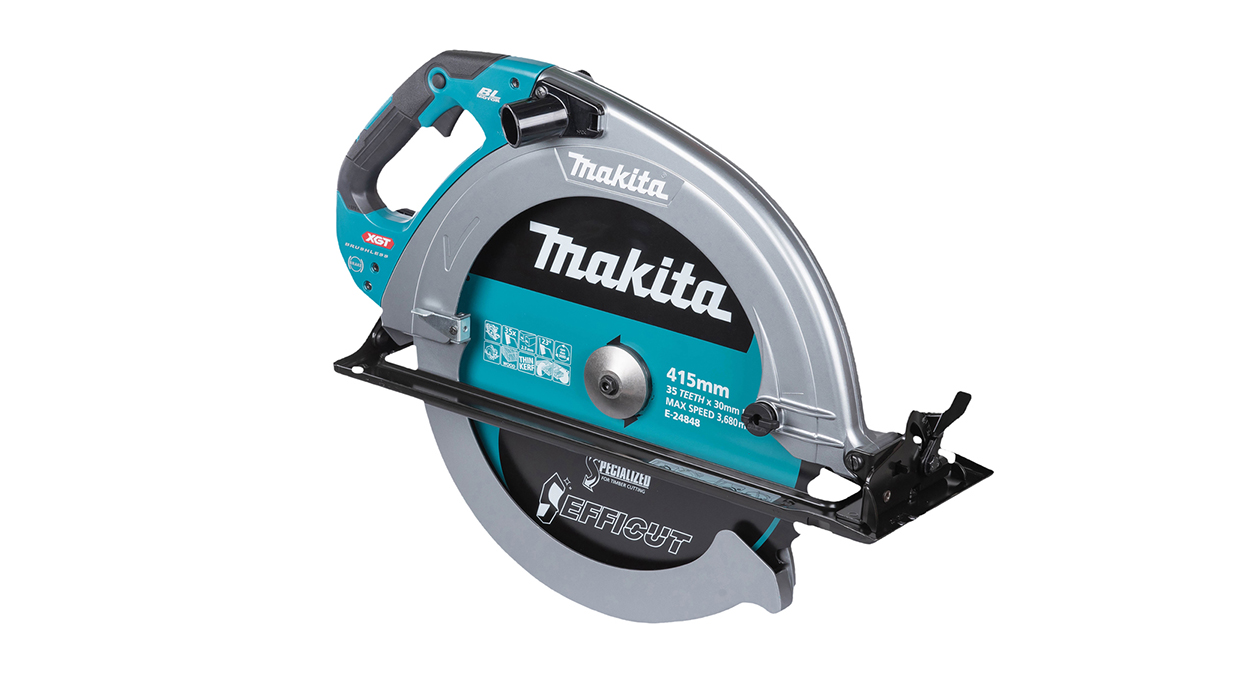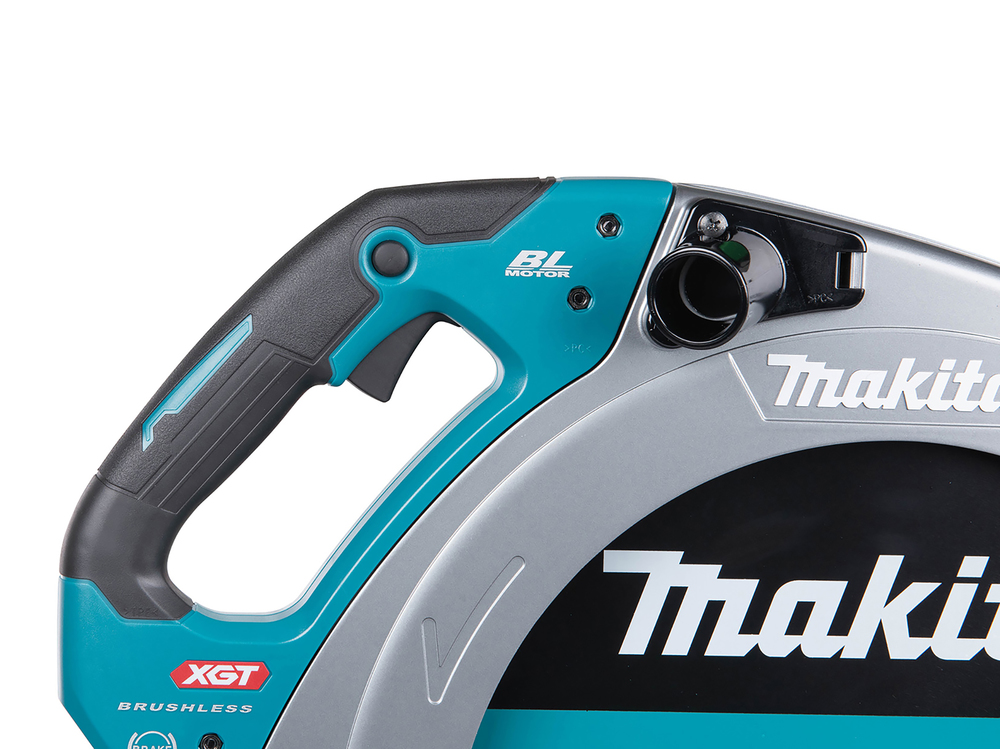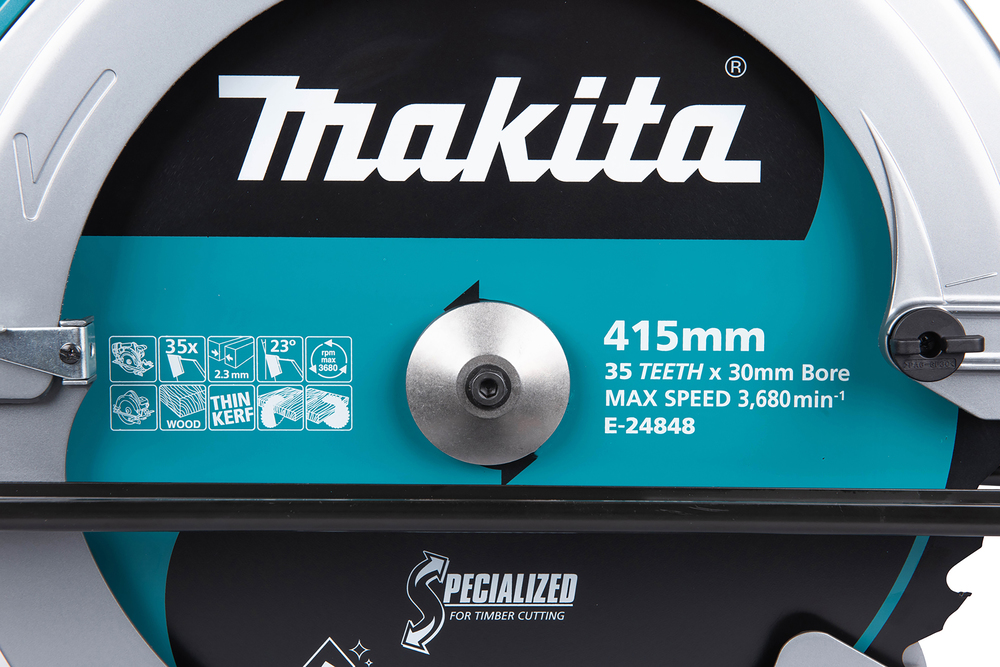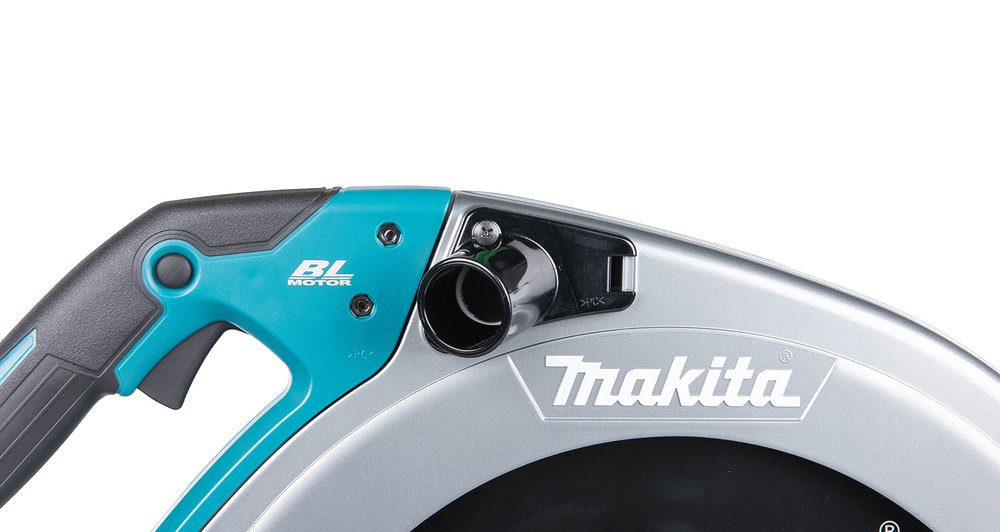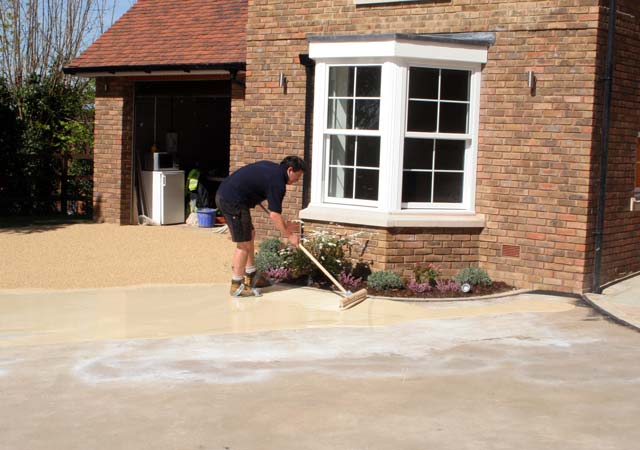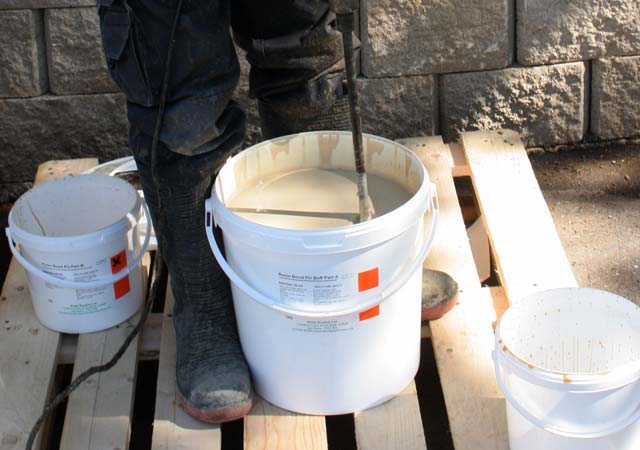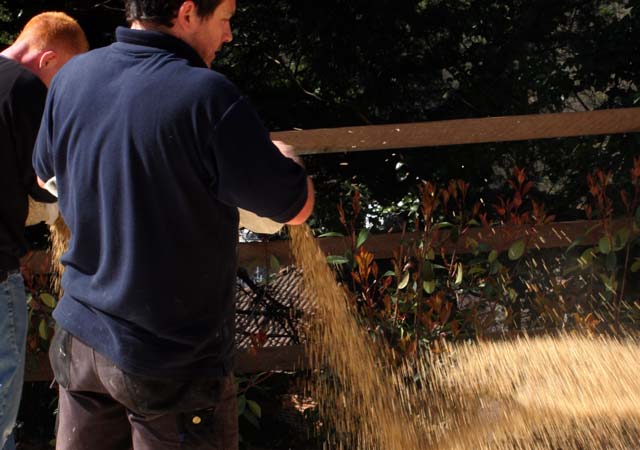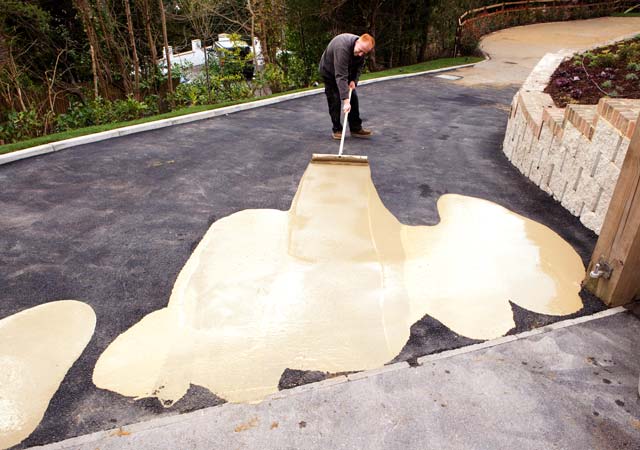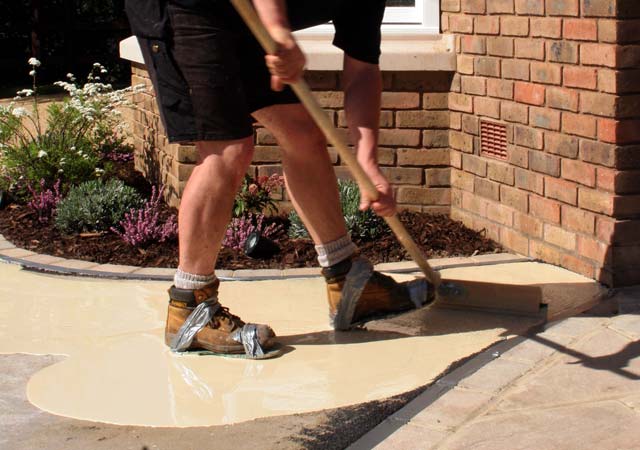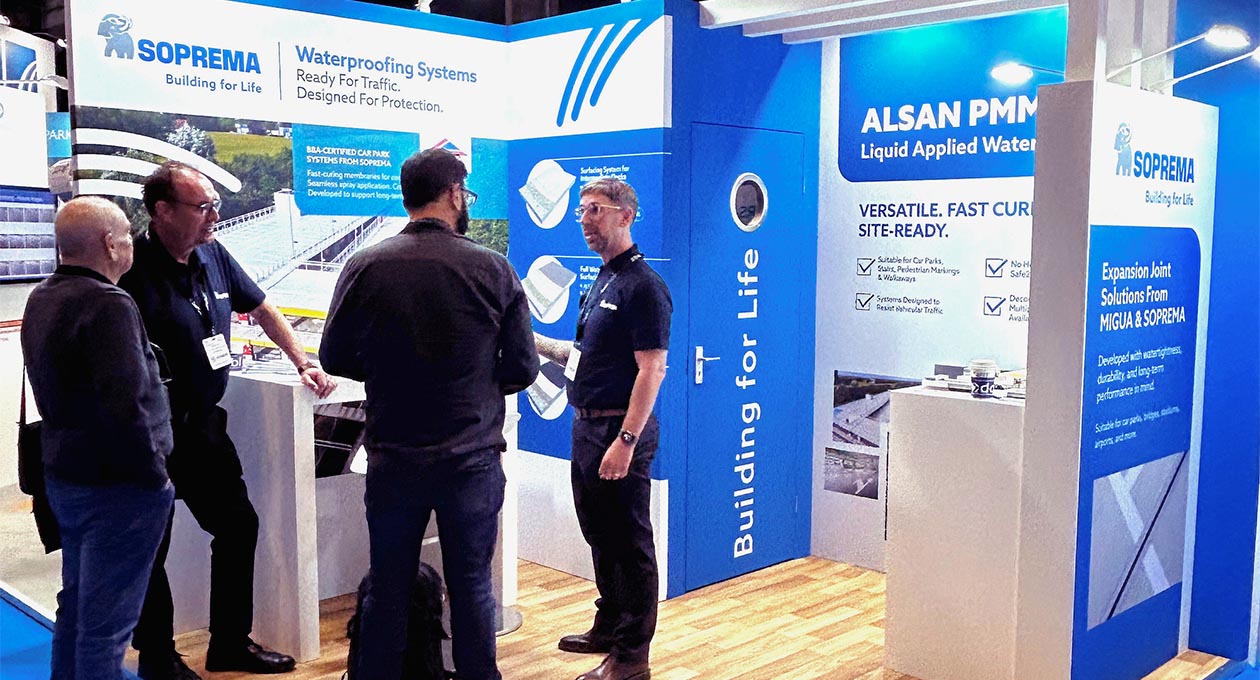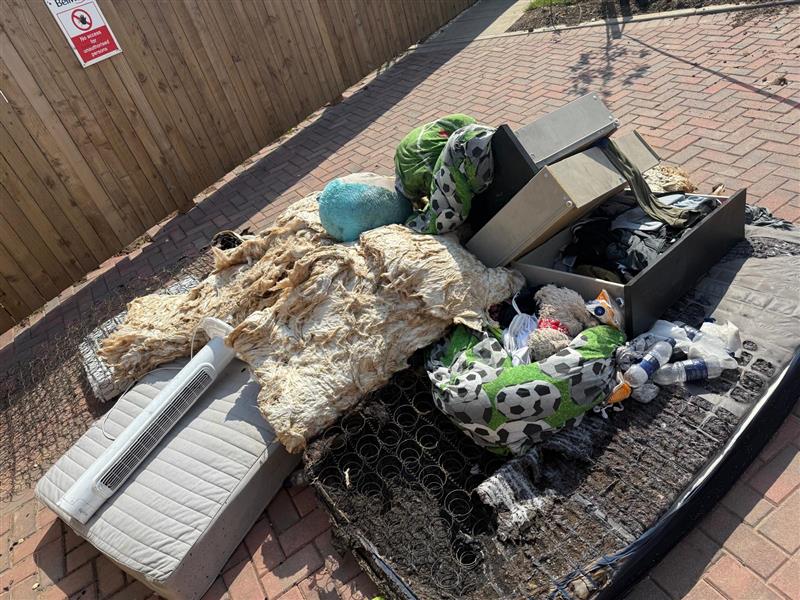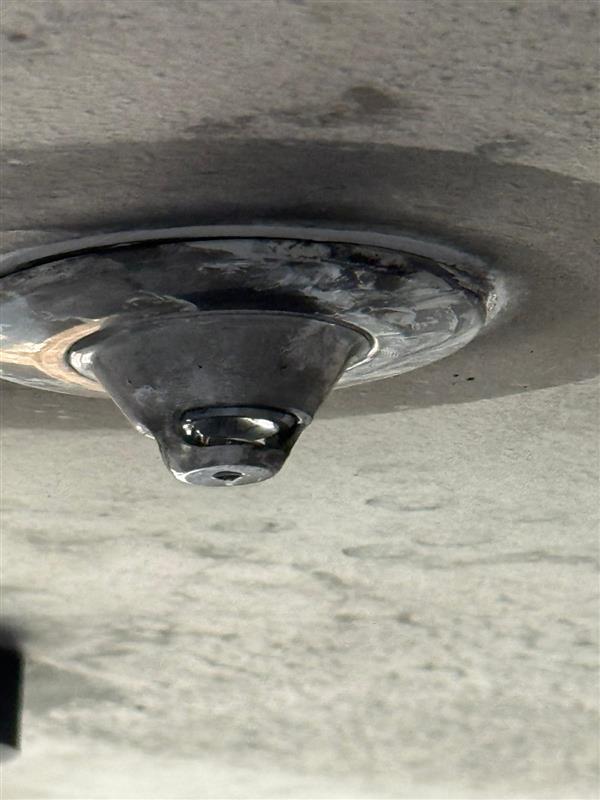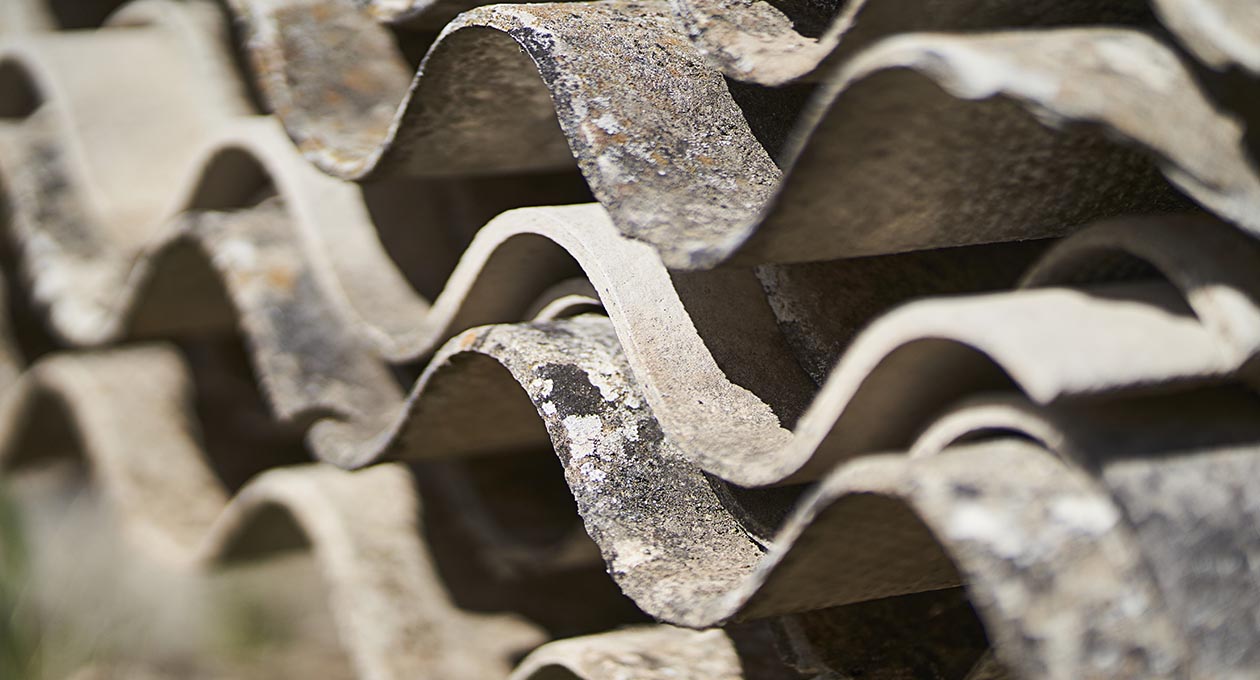When you’re thinking of installing solar panels, or already have them on your roof, fire risk may not be the first thing on your mind. But evidence from the UK shows that fire safety around photovoltaic (PV) systems is a genuine issue. According to insurer data, fire services in the UK attended a fire involving solar panels about every two days in 2024.
Here’s how you, as a homeowner, can stay safe from solar panel fires—what to check before you order the system, how to choose a safe installer, and what products and ongoing maintenance will help.
What causes solar panel fires?
Most problems trace back to the DC side of a PV system where voltages are high and currents are continuous in daylight. Typical triggers include:
- Loose, damaged, or poorly terminated DC connectors are causing arcing.
- Incorrect installation or poor ventilation around inverters and junction boxes.
- Mechanical damage to cables (UV, wind abrasion, wildlife) exposes conductors.
- Debris or shading creates hotspots and stresses components.
- Ageing components that were never inspected or maintained.
Before you order: fire-safe choices
Good decisions at the start dramatically reduce risk. Ask prospective installers to confirm the following in writing:
- Certification and competence
- Use a UK-certified installer (e.g., MCS-registered) with recent PV experience and references.
- Request commissioning documentation and test results at handover.
- Roof and layout
- Roof materials assessed for suitability; racking allows airflow and secure cable management.
- Planned safe cable routes with UV-resistant fixings and protection against abrasion.
- Clear access paths for maintenance and emergency services.
- Component quality
- Genuine, compatible DC connectors (no mixing types) and rated DC isolators.
- Inverter located in a cool, ventilated, accessible place (not a cramped loft corner).
- Appropriate overcurrent and surge protection as per design and manufacturer guidance.
- Isolation and labelling
- Clearly marked isolation points inside and, where appropriate, near the array.
- Weatherproof labels and an easy-to-follow shutdown procedure for homeowners.
Useful product categories
Discuss these categories with your installer. They’re widely available from UK electrical wholesalers and solar suppliers:
- PV isolator covers & weatherproof DC isolators – protect switches from weather ingress and allow safe emergency shutdown.
- Arc fault interrupters (AFCI/AFDD for PV) – detect dangerous arcing and cut power before ignition.
- Combiner boxes with proper protection – tidy string connections, provide fusing and safe segregation.
- Inverters with built-in arc-fault detection – add a further layer of protection at the heart of the system.
- Electrical fire blankets/extinguishers (suitably rated) – positioned near the inverter or plant area; never attempt to fight a PV roof fire yourself.
- Interlinked smoke/heat alarms (where appropriate) – especially in plant rooms or adjacent spaces (not inside the inverter casing).
Ongoing maintenance
- Book an annual inspection: connectors, cable fixings, junction boxes, isolators, and inverter ventilation.
- Monitor performance via the inverter/app; investigate unexpected drops or persistent fault codes.
- After storms or high winds, visually check for loose fixings, lifted panels, or exposed cables.
- Keep leaves and debris away from and under panels; maintain tidy cable runs.
- Log any contractor visits and corrective works; keep documents together with your handover pack.
Warning signs to act on immediately
- Burnt or melting smells near the inverter or roof space during daylight.
- Discolouration or scorching on enclosures, isolators, or connectors.
- Unusual crackling or buzzing from equipment.
- Persistent inverter fault codes that return after a reset.
- Loose, rubbing, or sun-brittled cables; debris caught under modules.
If you notice any of the above: isolate the system if it is safe to do so and call your installer or a qualified electrician.
Final thoughts
Solar panel fires are preventable when systems are well designed, installed by competent professionals, and looked after. Prioritise certified installers, sensible inverter locations, tidy DC cabling with proper isolation, and arc-fault protection where appropriate. Add routine checks, keep records, and react quickly to early warning signs. Do that, and you’ll enjoy clean energy with confidence.
See more about solar panels on Skill Builder
As an Amazon Associate, we earn from qualifying purchases.




